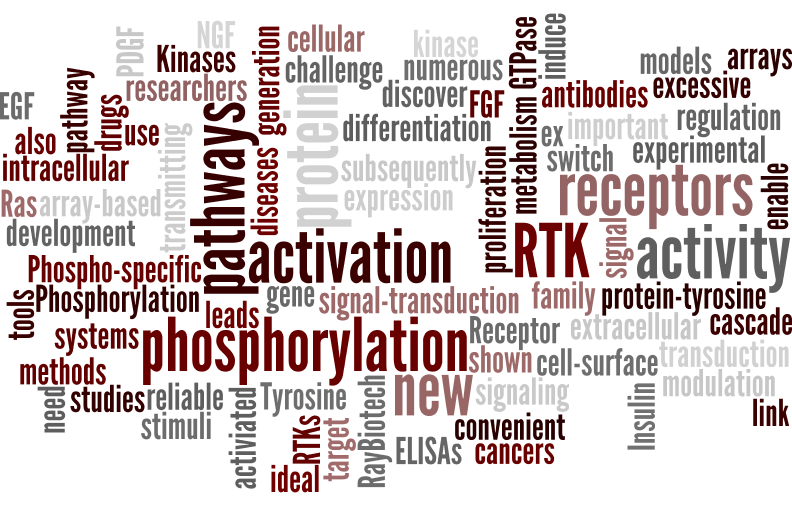DNA and Histone proteins are targets for epigenetic modifications. While DNA is only methylated, histones can be targets for diverse modifications such as methylation, acetylation, ubiquitination, phosphorylation and some more. One of the roles of Epigenetics is to drive cellular differentiation from totipotent Stem cells to fully differentiated cell types. This is made by regulating gene expression through modification patterns that differ according to cell types and cellular status. This means that these patterns may significantly differ between stem cells, germ cells, and differentiated cells.

It has been found that cancer cells often differ in regard to specific Epigenetic modification sites too. Thus, epigenetic enzymes, and proteins recognizing specific modifications on histones, are considered as potential pharmaceutical drug targets (and even biomarkers) in order to define new drugable targets.
In previous posts I focused on histone modifying enzmes (writers and erasers). Today I’d like to concentrate on proteins (or better to say protein domains) which recognize (read) specific modifications on histones.
Which kind of histone modifications are recognized by which epigenetic readers?
-
Histone Acetylation
Bromodomains are conserved modules in Histone AcetylTransferases and chromatin-associated proteins. They are the only protein domains known to recognize acetyl-lysine residues.
Bromodomains are specific for acetylated sites in defined protein sequences. Often the recognition of specific histone regions by bromodomains is a prerequisite for protein-histone association and chromatin remodeling impacting transcriptional regulation. Especially members of the BET family of bromodomains (e.g. BRD2, 3, and 4) are currently discussed as promising targets in cancer drug discovery.
-
Histone Lysine and Arginine Methylation
Several types of methyl-readers are known. Chromodomains (Chromatin Organization Modifier) are structural domains of 40-50 amino acids. They are found as recognition domains in proteins in charge of remodeling and manipulating of chromatin. The Tudor domain was originally found in the Tudor protein in Drosphila. These proteins play a role during development having effects on RNA metabolism, DNA damage response and chromatin modification. Tudor domains recognize symmetrically dimethylated arginine. PHD (Plant HomeoDomain) zinc fingers are found, as well in proteins in charge of modifying the chromatin structure, and also proteins which mediate molecular interactions in gene transcription. It has been shown that PHD fingers show a complex histone sequence reading capacity that is modulated by the interplay between different histone modifications. MBT domains (Malignant Brain Tumor) recognize mono- and di-methylated lysines at different positions on histone H3 and H4. As the other methyl-readers, they exhibit effects on transciptional processes.
-
Histone Phosphorylation
Chromo shadow domains always appear in association with chromodomains. They are parts of proteins which repress gene transcription because they lead to the condensation of the chromatin thus shutting down gene activity, as transcription factors and enzymes have no access to the DNA anymore. 14-3.3 proteins recognize phosphorylated serine or threonine residues and bind to a number of signalling proteins and to histone H3. They are involved in processes such as protein trafficking, apoptosis, cell cycle regulation and chromatin modification. BRCT domains (BRCA1 C terminus) are found in proteins involved in cell cycle checkpoint functions which respond to DNA damage events. BRCT domains are specfic for phosphorylated serine residues.
Which assays for studying Epigenetics readers?
There are many ways to analyse the activity of these epigenetics readers. One might prefer the use of calibrated and validated ready-to-use assays for Drug discovery and assay development purposes. For example, BPS Bioscience‘s Epigenetics Readers Screening kits and related reagents are available (through tebu-bio if you’re in Europe) for Bromodomains and Methyl-Readers.
Epigenetic readers can be also profiled through multiplex histone peptide arrays, a new highly innovative approach by EpiCypher Inc. (see my post ‘Why multiplex histone binding arrays?“).
Any questions concerning the techniques and products presented in this post? Leave me a message below!



